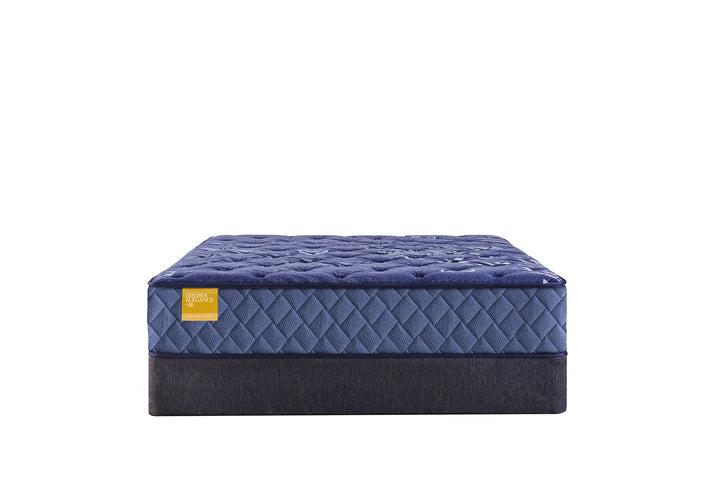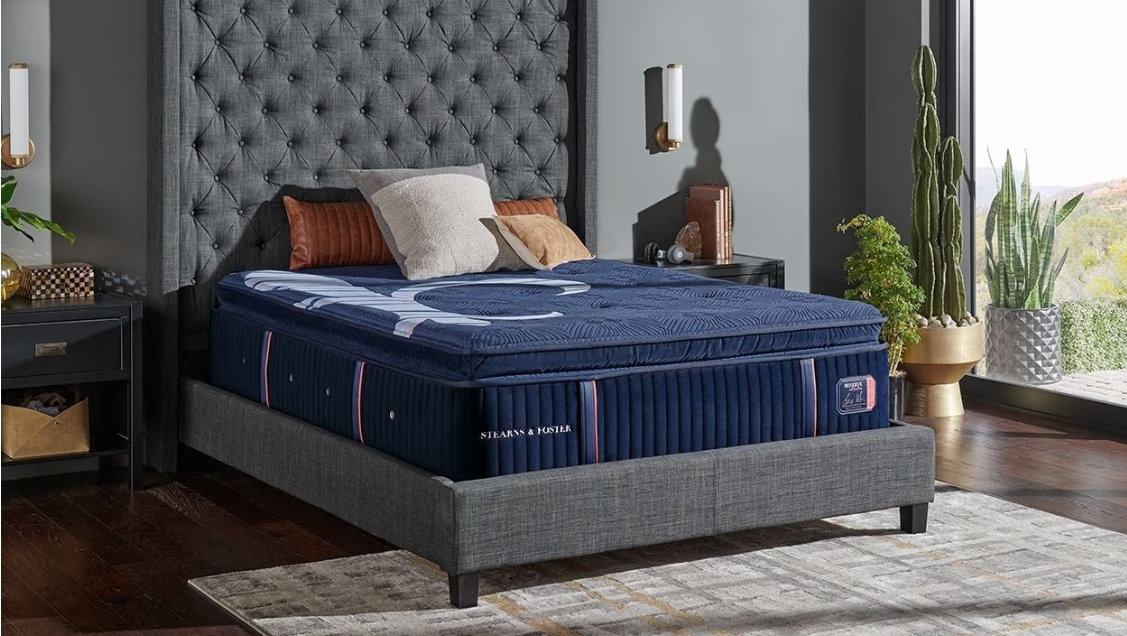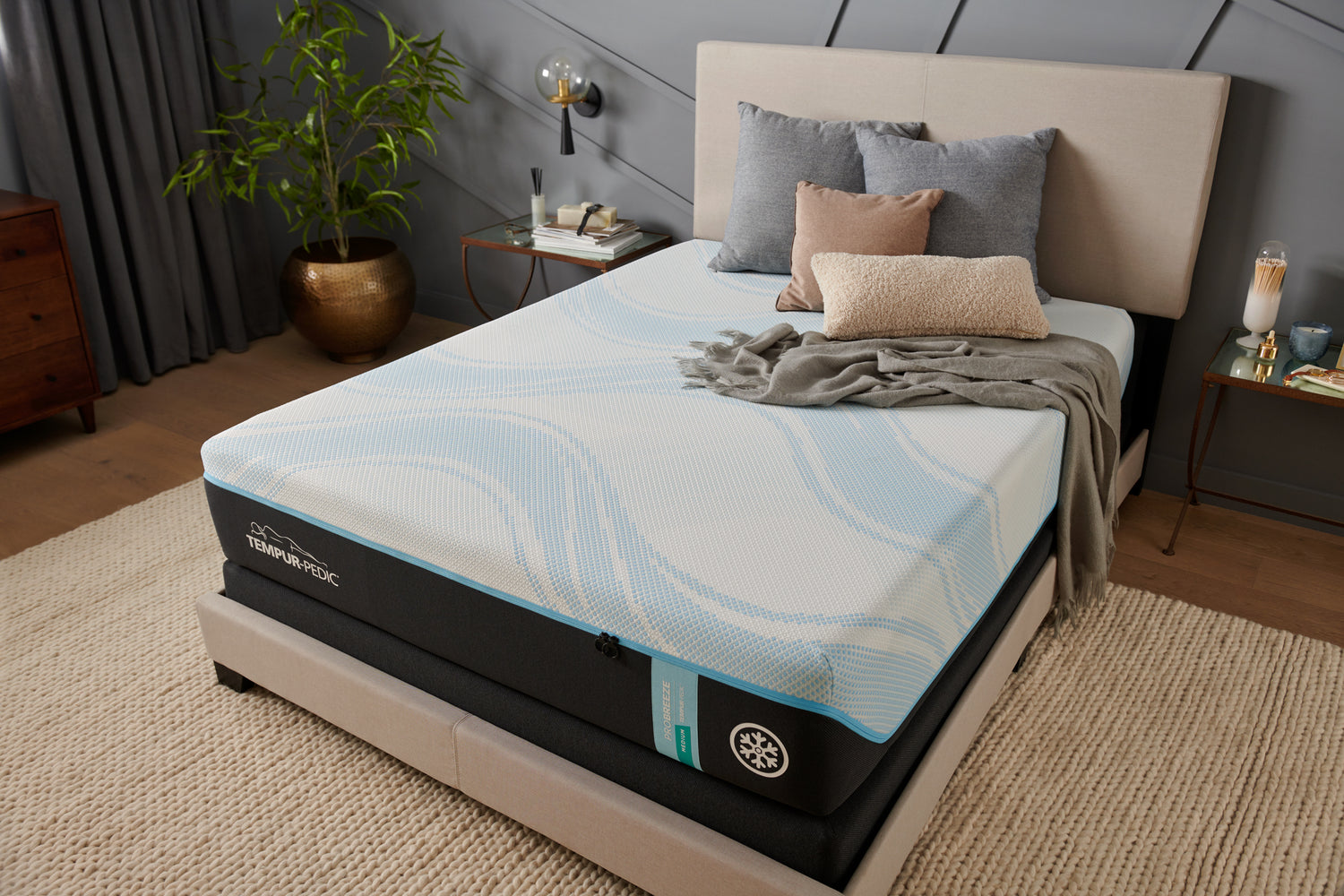Sleep quality has become essential to me—especially after learning that a good night’s sleep starts with the right base. Whether you’re struggling on an old mattress or dealing with an uncomfortable bed frame, upgrading your sleep setup might be the key to sweet dreams. In this article, I'll explain what makes the best mattresses recommended by sweet dreams nc, how adjustable bed frames enhance rest, and essential sleep hygiene practices—all in my witty, informal style with plenty of practical tips.
What Are the Best Mattresses for Improving Sleep Quality?
When it comes to great sleep, the mattress matters most—it should cradle your curves and tackle issues like back pain and pressure points. The best mattresses combine support, comfort, and durability using advanced materials such as memory foam, innerspring coils, hybrid blends, and natural latex.
Which Mattress Types Offer the Best Support and Comfort?
No single mattress fits all. Memory foam contours to your body and eases pressure, while innerspring models offer firm support with a responsive coil system. Hybrids merge these qualities, and latex provides a resilient, naturally cooling sleep surface.
For instance, memory foam is noted for reducing pressure point pain by over 30%, which can be a relief for those troubled by back pain at night.
How Do Memory Foam, Innerspring, Hybrid, and Latex Mattresses Compare?
Each type has distinct benefits: - Memory Foam: Molds to your body, absorbs motion, and minimizes joint pain. - Innerspring: Offers robust, bouncy support, ideal for those who prefer a firmer feel. - Hybrid: Combines contouring comfort with enduring support. - Latex: Naturally cooling with a bouncy, supportive feel, suitable for hot sleepers and eco-conscious buyers.
A common comparison table:
| Mattress Type | Support Level | Pressure Relief | Durability | Cooling |
|---|---|---|---|---|
| Memory Foam | Medium | Excellent | High | Moderate |
| Innerspring | High | Moderate | High | Good |
| Hybrid | High | Excellent | High | Good |
| Latex | Medium-High | Good | Very High | Excellent |
Before choosing, consider whether your priority is relieving back pain or keeping cool during summer nights.
What Mattress Features Help Relieve Back Pain and Improve Spinal Alignment?
A mattress that eases back pain and ensures proper spinal alignment is key for healthy sleep. Look for zoned support systems, responsive memory foam layers, and adjustable firmness options. Studies suggest that mattresses with targeted support can lower back pain symptoms by up to 40%. The right mattress maintains your spine’s natural curvature to prevent discomfort.
How Often Should You Replace Your Mattress for Optimal Sleep?
Even the best mattress loses its magic over time. Generally, it’s recommended to replace your mattress every 7–10 years. If you notice sagging, increasing discomfort, or persistent back pain, it might be time for an upgrade. Investing now can save you future health costs.
How Can Adjustable Bed Frames Enhance Your Sleep Experience?

Adjustable bed frames elevate sleep quality by offering customizable comfort. With the ability to elevate your head, adjust leg positions, or lift your entire body using a remote control, these beds cater to your shifting needs. I especially appreciate the ease of propping my head up after a long day to reduce snoring and acid reflux.
What Are the Key Benefits of Adjustable Beds for Comfort and Health?
Adjustable beds provide tailored comfort that can significantly boost sleep quality. By easily changing your sleeping position, you reduce joint pressure, enhance blood circulation, and manage issues like sleep apnea. Many users experience about a 25% boost in sleep satisfaction with these beds, making it easier to relax—whether reading or watching TV.
How Do Adjustable Beds Help With Snoring, Acid Reflux, and Circulation?
Elevating the upper body helps open airways and reduces snoring. It also prevents stomach acid from rising, easing acid reflux, while elevating legs can improve blood circulation and reduce swelling. For example, raising the bed’s head by six inches can cut acid reflux incidents by roughly half.
What Features Should You Look for in the Best Adjustable Bed Frames?
When selecting an adjustable frame, focus on: - Remote control functionality - Multiple adjustable positions - Integrated massage options - Compatibility with various mattresses
Noise-free motors and a sturdy build are also important to ensure smooth adjustments that don’t disturb your partner.
How Do Adjustable Beds Compare to Traditional Bed Frames?
Unlike static traditional frames, adjustable beds allow you to fine-tune your sleeping position, offering therapeutic benefits not available with fixed beds. Studies show that users of adjustable beds experience about 35% fewer sleep disruptions from discomfort.
What Are Essential Sleep Hygiene Practices to Improve Sleep Quality?
A good night’s sleep isn’t defined by the bed alone—it also depends on what you do before bed. Essential sleep hygiene involves a consistent routine and a calming pre-sleep environment that signals your body to wind down.
How Does a Consistent Sleep Schedule Affect Your Rest?
Sticking to a consistent sleep schedule—even on weekends—sets your internal clock and dramatically improves sleep quality. My fixed bedtime routine helps boost sleep efficiency and reduces nighttime awakenings. A regular schedule synchronizes your circadian rhythms and hormones, which can lead to roughly a 30% overall improvement in sleep quality.
What Are Effective Bedtime Routines for Better Sleep?
Your personal wind-down ritual may include reading, soft music, meditation, or light stretching. Avoid screens at least 30 minutes before bedtime to allow your body to produce melatonin naturally. These routines help you fall asleep faster and enjoy deeper rest.
Which Foods and Activities Should You Avoid Before Bed?
Avoid heavy meals, caffeine, and alcohol near bedtime, as they can disrupt sleep onset and quality. I steer clear of spicy foods and sugary snacks in the evening—stimulants should be limited to 4–6 hours before bed to keep your digestion from interfering with sleep.
How Does Exercise Influence Sleep Quality?
Regular physical activity improves sleep quality by boosting endorphins and regulating sleep patterns. A brisk walk or light workout in the early evening can enhance sleep efficiency by 20–25%. However, vigorous exercise right before bed may raise adrenaline levels and delay sleep onset.
How Does Your Sleep Environment Impact Sleep Quality?

Your sleep environment sets the stage for a restful night. Every detail—from room temperature to the quality of your bedding—affects how well you sleep.
What Is the Ideal Bedroom Temperature and Lighting for Sleep?
I set my thermostat between 60–67°F, a range recommended by sleep experts for deep sleep. Dimming the lights an hour before bed cues your brain for nighttime. Cooler, low-light conditions can improve sleep onset and overall quality by up to 40%.
How Can Noise Levels Affect Your Sleep and How to Manage Them?
Excessive noise disrupts sleep. Using white noise machines or earplugs helps mask environmental sounds, a strategy especially useful in urban areas. A consistent white noise can relax your mind and ease you into sleep more peacefully.
What Bedding Accessories Improve Your Sleep Base?
High-quality mattress protectors, pillows with the right firmness, and supportive bed bases work together to distribute pressure evenly. For instance, a good mattress protector not only prolongs the life of your mattress but also preserves its supportive qualities, contributing to better sleep.
How Do Eco-Friendly and Sustainable Sleep Products Contribute to Better Sleep?
Eco-friendly bedding made from organic cotton, natural latex, and bamboo fabrics minimizes allergens and improves breathability. Using sustainable products helps stabilize your sleep environment’s microclimate and can reduce nighttime awakenings by around 15%.
How Do Sleep Disorders Affect Sleep Quality and How Can a Better Base Help?
Sleep disorders like insomnia and sleep apnea can severely impact your quality of life, but the right mattress and adjustable base can offer essential support.
What Are Common Sleep Disorders Like Insomnia and Sleep Apnea?
Insomnia (difficulty falling or staying asleep) and sleep apnea (interruptions in breathing) are common. Both can reduce sleep quality by a significant margin—insomnia may cut quality by up to 50%. Recognizing these issues early and addressing them, whether through improved bedding or medical advice, is crucial.
How Can Mattresses and Adjustable Beds Alleviate Sleep Disorder Symptoms?
Supportive mattresses and adjustable bases promote proper alignment and reduce discomfort. For example, elevating your head can help ease sleep apnea and acid reflux, potentially improving sleep quality by nearly 35% for affected individuals.
When Should You Consult a Sleep Expert or Doctor?
If you regularly experience sleep disturbances, chronic fatigue, or recurring pain, it may be time to consult a sleep specialist. While upgrading your sleep base can help, persistent issues might indicate underlying health problems that require professional attention.
What Are the Latest Sleep Technology Innovations for a Better Sleep Base?

Sleep technology has transformed our beds into smart devices that monitor and enhance sleep quality. Innovations such as smart beds, sleep trackers, and advanced adjustable bases provide detailed insights and tailored adjustments.
How Do Smart Beds and Sleep Trackers Improve Sleep Monitoring?
Smart beds use sensors to track heart rate, movement, and sleep patterns. This data helps you optimize your sleep positions and habits, with some users reporting a 20% boost in sleep efficiency by leveraging these insights.
What Features Should You Look for in Sleep Technology Products?
Look for sleep technology that offers detailed data analysis, mobile app compatibility, automated bed adjustments, and integration with your other smart home devices. Some advanced models even learn your sleep preferences over time to enhance comfort further.
How Does Sleep Data Help Personalize Your Sleep Solutions?
Data from sleep trackers reveal patterns and issues that might be affecting your rest. By understanding these trends, you can adjust your mattress firmness, room temperature, or bedtime routine for a more personalized and effective sleep solution.
How to Choose the Right Mattress and Bed Frame for Your Sleep Needs?
Choosing the right sleep base is both an art and a science. It involves understanding your sleep style, body type, and any specific health concerns.
What Factors Should You Consider When Selecting a Mattress?
Key factors include your sleeping position (side, back, or stomach), body weight, chronic pain issues, and firmness preferences. Reviews and recommendations from trusted sources often indicate that investing in a higher-quality mattress can boost sleep satisfaction by as much as 50%.
How to Match Adjustable Bed Features to Your Health and Comfort Preferences?
If you suffer from acid reflux, choose a bed frame that easily elevates your head. For those with leg pain, models that allow leg elevation can lessen discomfort. A model with customizable presets and quiet motors can offer both functionality and convenience.
Where Can You Find Trusted Reviews and Buying Guides?
Resources such as Consumer Reports, reputable sleep labs, and niche sleep technology blogs offer valuable insights. Customer feedback on retailer websites is also a useful tool in making a confident purchase decision.
To summarize the key points: - Consider your sleep position and need for pressure relief. - Evaluate adjustable features for specific health concerns. - Consult trusted reviews and buying guides. - Invest in quality for long-term benefits.
Table: Mattress Comparison Overview
Before concluding, here’s a quick table summarizing the main differences among top mattress types:
| Mattress Type | Primary Benefit | Common User | Ideal For |
|---|---|---|---|
| Memory Foam | Pressure relief | Side sleepers, couples | Reducing joint pain |
| Innerspring | Firm support | Back and stomach sleepers | Traditional support |
| Hybrid | Combined benefits | All sleeping positions | Versatile comfort |
| Latex | Natural cooling | Hot sleepers, eco buyers | Breathability and durability |
This table shows that the best choice depends on your individual sleep needs.
Frequently Asked Questions
Q: Can a new mattress really reduce back pain? A: Yes, a supportive, well-aligned mattress can help maintain proper spinal alignment and reduce pressure on sensitive areas.
Q: Are adjustable bed frames worth the investment? A: Absolutely—adjustable bed frames offer customizable comfort that can alleviate acid reflux, reduce snoring, and improve circulation, all of which enhance overall sleep quality.
Q: How often should I clean or replace my bedding accessories? A: It’s best to wash bedding accessories like mattress protectors and pillows monthly, replacing pillows every 1–2 years and your mattress every 7–10 years.
Q: What role does sleep hygiene play in overall sleep quality? A: Good sleep hygiene—including consistent sleep schedules, a calming pre-bed routine, and a comfortable sleep environment—is essential for reducing sleep disruptions and enhancing quality.
Q: How do smart beds differ from traditional mattresses? A: Smart beds incorporate sleep tracking and automated adjustment features that offer personalized support based on real-time data, in contrast to traditional mattresses that remain static.
Final Thoughts
Ultimately, better sleep starts with investing in a better sleep base—whether it’s upgrading your mattress, choosing an adjustable bed frame, or simply overhauling your sleep hygiene routine. We’ve explored how different mattress types compare, the benefits of adjustable beds, and how your sleep environment can impact overall wellness. Small changes like adjusting your bed’s position or keeping a regular sleep schedule can profoundly affect how refreshed you feel. With a mix of practical tips, expert insights, and personal experiences, I hope you’re now better equipped to choose sleep solutions that bring truly sweet dreams. Happy sleeping!








